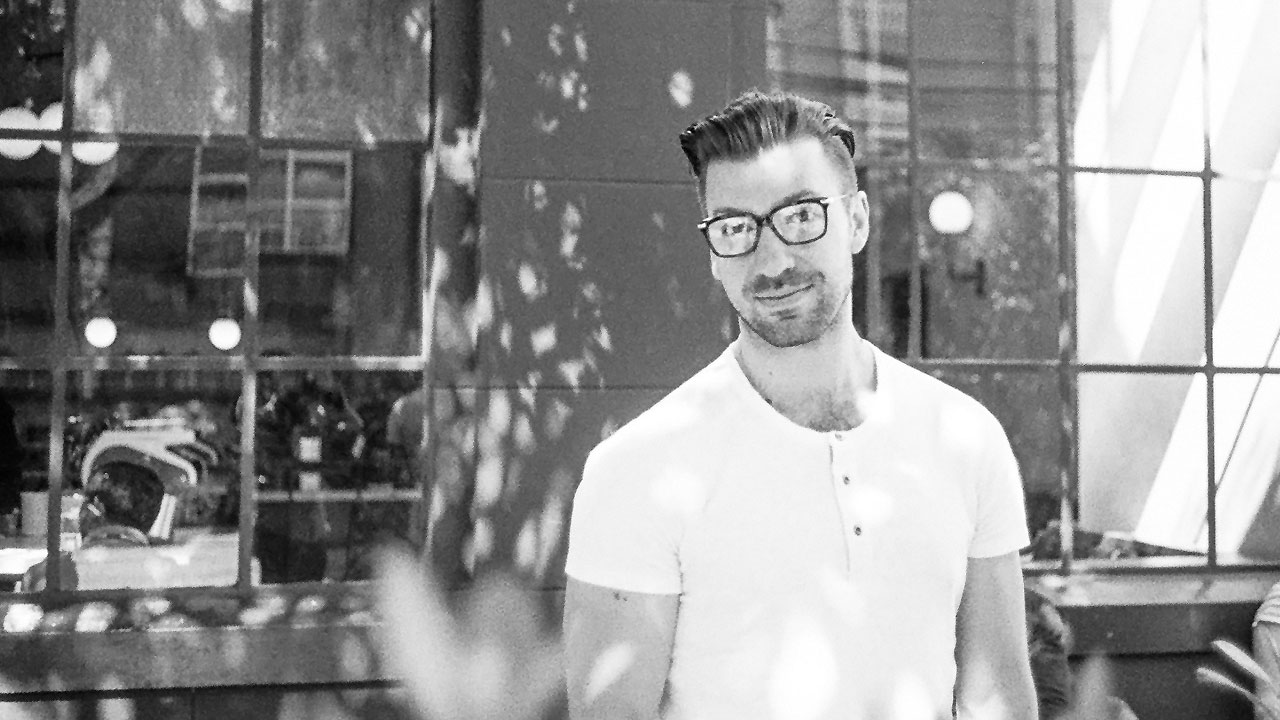I have been an astronaut, race car driver, and pirate: I had an active imagination growing up. Using LEGO, I built space stations, cars, and ships filled with treasure. Yet, there is only so much you can do with those colourful bricks. At the age of eight, my dad taught me how to code in Visual Basic on my Spectrum 128k, introducing me to a new world where the possibilities were endless.
My passion for programming made a degree in Computer Science the obvious choice. Bath really stood out – the picturesque landscape and the reputation of both the University and the course. I remember thinking to myself, 'This is it! This is where I want to spend the next three years of my life'.
The syllabus offered diversity and depth, from the mathematical foundations of computer science to the design of interactive systems and beyond! The courses were also theoretical and practical, with a mix of individual and group work.
During my final year project, I worked with a professor to build a wireless, mobile conference assistant for the British Human-Computer Interaction conference that was being hosted at the University. This was cutting edge – back when a mobile device was the size of a brick and had to be inserted into a sleeve with a wireless card to connect to the internet.
This project and my exposure to the field of Human-Computer Interaction (HCI), as well as a positive undergraduate experience, led me to spend another three years at Bath studying my PhD in Computing.
Getting a job at Microsoft
During my PhD, I had the opportunity to travel and network with people at the top universities and companies around the world. It was at a conference that I met a group of designers and researchers who worked on Microsoft Office. It was then that I learned about the field of user experience (UX) research and these connections eventually led to a job at Microsoft.
Working alongside designers, engineers, and product managers, we designed and developed Microsoft Office 2010. The research staff at the University of Bath taught me how to conduct world-class research and my group coursework and projects instilled in me how to do so collaboratively.
Fun fact, it took three years to design and develop Office 2010. After the launch of the product I asked myself if I wanted to spend another three years working on the next version of Office or gain some new experiences.
Going for Google
Google launched Chrome in 2008 and I was an early adopter, having always been fascinated by the company. I joined the Chrome team as their first UX Researcher in 2010, working on innovative products, such as Chrome OS, Google Glass, and a version of Google Home before Amazon Echo was even released – the products I worked on are used by over a billion people every day.
The start of an Instagram story
I loved my work at Google. I had built a small team but wanted to grow it. A research manager at Facebook reached out to me and asked if I would be interested in joining Instagram as their first UX Researcher and building the Instagram research team. After meeting one of the co-founders of Instagram, I decided to join. When I give people career advice, I always tell them to work on products they are passionate about and with people they connect with.
In 2014, Instagram was less than a 100-person operation but growing. I built a world-class research team and worked on products such as Bolt, Boomerang, Layouts, and Instagram Stories to name a few. Research was a core component of these products and the reputation of the team was known across the company and beyond.
When I started at Instagram, I had three goals: establish a research culture; build a research team; elevate research to senior leadership. By 2017 I had achieved this, so I made the decision to leave Instagram, travel the world, and start my own company.
An Uber experience
When traveling in Sao Paulo I was touched by an Uber driver who told me how Uber enabled him to provide for his family after losing his job. I joined Uber in 2018 as a Principal Researcher conducting research on new lines of business, such as beverage delivery, grocery delivery, as well as a redesign of the Uber app and services. The products I worked on generated hundreds of millions of dollars in annualised revenue.
Then in 2020 the pandemic hit. As part of a corporate downsizing, my position was terminated. No matter how good you think you are, nothing is certain. However, someone’s loss is another’s gain. I spent the summer of 2020 meeting with several small start-ups and large corporations as I evaluated what I wanted to do next.
New opportunities
I met with the CEO of Airtable to talk about research. He was charismatic, principled, and vision driven. This was a leader I wanted to work with. Furthermore, I believed in the company vision to democratise software creation.
As a UX Researcher with a background in computer science – a rare skillset – I had frequently encouraged others to learn to code. Airtable is part of a 'low-code' or 'no-code' revolution that is helping people create apps without needing to code them themselves. At Airtable I am building another world-class research team and hope to create another revolutionary product used by over a billion people.
Not a day goes by that I don't think back to my time at Bath, the lessons learned, and the friends I made. Bath was the gateway to my success.
